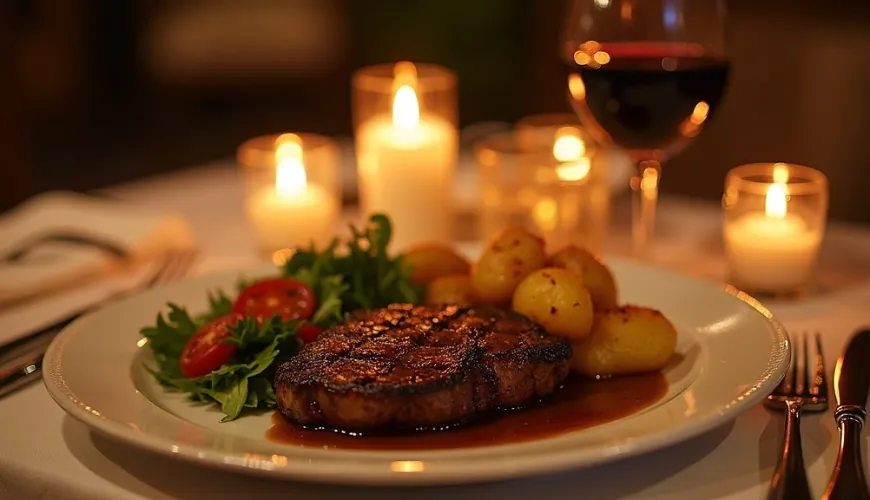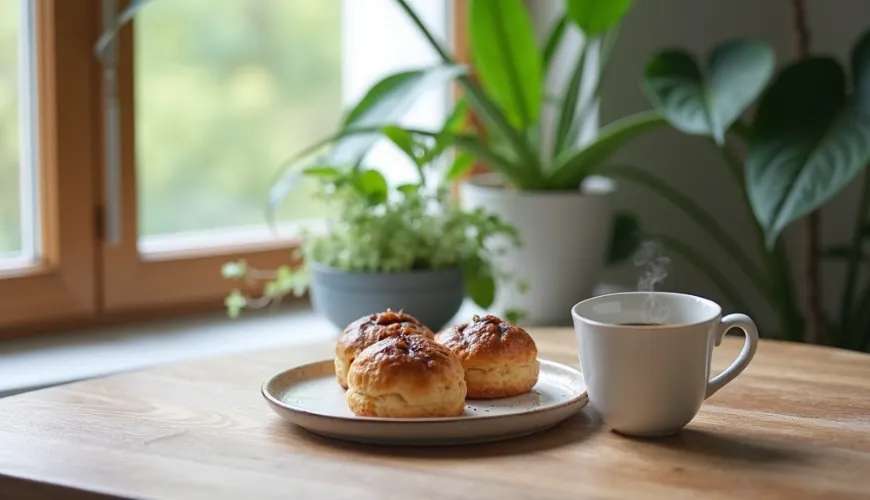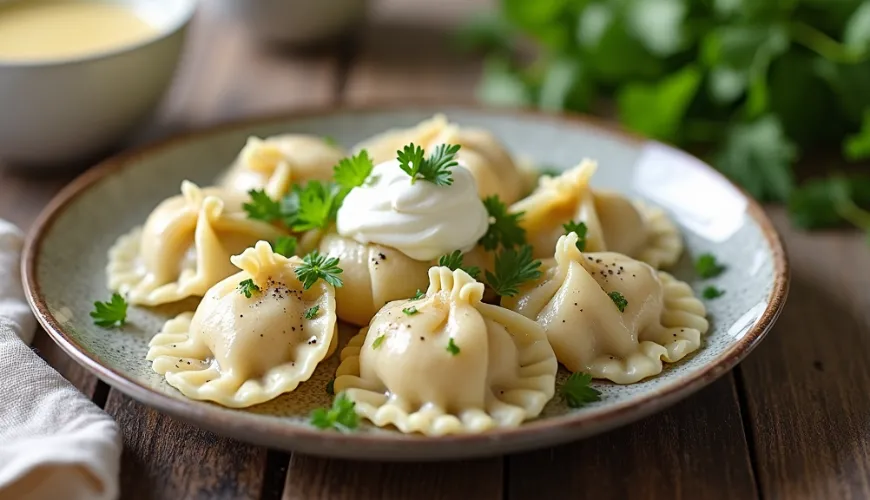
Kanelbullar as a Swedish Ritual Not Just for Sweet Tooths

When Cinnamon Fills the Home - Scandinavian Kanelbullar Winning Hearts Here as Well
In a world where trends constantly change and gastronomy is one of the areas where innovations alternate with returns to roots, more and more people are finding their way to traditions. One tradition that has been gaining popularity in Czech households in recent years is the Swedish cinnamon roll known as kanelbullar. This fragrant baked marvel is not just a sweet treat but also a symbol of the Scandinavian lifestyle, which combines simplicity, slowness, and an emphasis on well-being – typical Swedish fika, which is a moment for coffee and something good.
A Swedish Ritual That Tastes and Smells
When one mentions Sweden, most people think of minimalism, nature, and IKEA. But it was in IKEA that many Czechs tasted their first kanelbulla – a cinnamon snail roll with cardamom, which is served not only as a dessert but often as part of an afternoon break. In Sweden, kanelbullar has been baked since the early 20th century and enjoys such popularity that it even has its own day – October 4th is celebrated annually as Cinnamon Bun Day (Kanelbullens dag).
This holiday is not just a marketing ploy but a celebration of home baking and spending time together. In many Swedish families, it is common to bake kanelbullar at home, and the recipe is passed down from generation to generation. This tradition is spreading beyond Scandinavia, and it's no wonder – when the scent of cinnamon and freshly risen dough begins to fill the oven, it's hard to remain indifferent.
Kanelbullar Recipe - Traditionally, Simply, and with Love
One of the things that make kanelbullar so popular is their relative simplicity. It's nothing excessively complicated, yet it's not just an ordinary cake. The secret lies in good dough, the right spices, and patience. The basic kanelbullar recipe includes milk, yeast, butter, sugar, flour, cinnamon, and cardamom – ingredients most people commonly have at home.
In the Czech Republic, you can find many variations of the recipe, from those that prefer a more rustic approach to more sophisticated versions with the addition of vanilla or almond cream. However, the key element is always cinnamon, preferably Ceylon for its milder taste, and freshly ground green cardamom, which gives the dough its typical Scandinavian aroma.
The preparation of the dough begins traditionally – a leavening is made from yeast, sugar, and warm milk, into which butter, flour, and spices are gradually added. After rising, the dough is rolled out, brushed with a mixture of butter, sugar, and cinnamon, rolled up, and cut into slices. Each roll is then allowed to rise for a while on the baking tray so that it puffs up nicely when baking. After baking, they are often brushed with beaten egg and sprinkled with pearl sugar, which gives the surface a crunchiness.
Although it may seem like ordinary risen dough, it is precisely details such as cardamom in the dough and pearl sugar on the surface that make kanelbullar something special. According to Swedish bakers, it is important not to shorten the rising time – the slow process gives the dough the softness and airiness it would otherwise struggle to achieve.
Why Kanelbullar? The Answer is Surprisingly Simple
In a time when we strive to live healthier, more ecologically, and more consciously, some might be surprised why one should reach for sweet pastries. But even here it applies that it's not about eating less, but eating consciously and with quality. Homemade kanelbullar is an example of how you can indulge in sweets without unnecessary additives and semi-finished products. Baking at home gives control over what one actually consumes – and the option to choose organic flour, cane sugar, or plant-based butter alternatives.
Moreover, kanelbullar is not just about taste. They are about experience. About a slow afternoon when you make coffee, open the window, and let yourself be carried away by the warm scent of home. About moments when you bake with children, who joyfully twist their first rolls, or about moments shared with friends around one table. One such example from everyday life: A mother of two small children from Brno describes how baking kanelbullar became their weekend ritual – "the kids love when they can choose their own snail shape and then eat it warm with cocoa. And I am happy that we don't spend Saturday in a shopping center, but at home."
And here lies the deeper message of kanelbullar. It's not just about the recipe. It's about a way of life that isn't rushed but conscious. A return to roots, to sharing, to simple joys.
When Home Baking Meets Sustainability
In recent years, more of us are considering where our food comes from and its impact on the environment. And even with kanelbullar, you can take the path of sustainability. Organic flour from local mills, fair trade cinnamon, plant-based butter alternatives, eco-friendly baking papers or even reusable mats – these are all small things that make a difference.
Using quality and sustainable ingredients not only contributes to protecting the planet but often enhances the final taste. Freshly ground cardamom instead of pre-packaged powder, or organic eggs from free-range hens – the taste difference is noticeable.
Additionally, home baking helps reduce plastic waste. Store-bought pastries are often packaged in non-ecological wrappers, while at home, everything can be stored in cotton bags or glass jars. Such a decision is not only ecological but also aesthetic – a kitchen filled with the aroma of kanelbullar and a glass jar full of cinnamon rolls looks like an advertisement for the hygge lifestyle.
One Tradition – A Thousand Possibilities
Although the traditional Swedish recipe is firmly rooted, imagination knows no bounds. Recently, various variations have appeared – with apples, chocolate chips, nuts, or even vegan versions without eggs and milk. Surprisingly, the combination of cinnamon with orange zest, which adds a fresh tone to the dough, or the addition of coconut sugar, which has a lower glycemic index, works well.
An interesting idea is also the use of spelt flour, which is more nutritious and gives the dough a mild nutty flavor. For those avoiding wheat flour, there are even gluten-free versions based on a mix of rice and almond flour, although in this case, patience is needed – the texture of the dough tends to be more delicate.
As one Swedish baker said in an interview for the newspaper Dagens Nyheter: “Kanelbullar are not perfect, which is why they are beautiful. Each roll is a bit different, but they all have love in them.”
And perhaps that is what makes these cinnamon rolls more than just pastries. They are a small ritual that teaches us to slow down, enjoy the present, and take pleasure in the little things. So next time you feel like having something sweet and cozy, try baking your own kanelbullar. And you might find that you've discovered not just a new recipe, but a new way to perceive the world.

